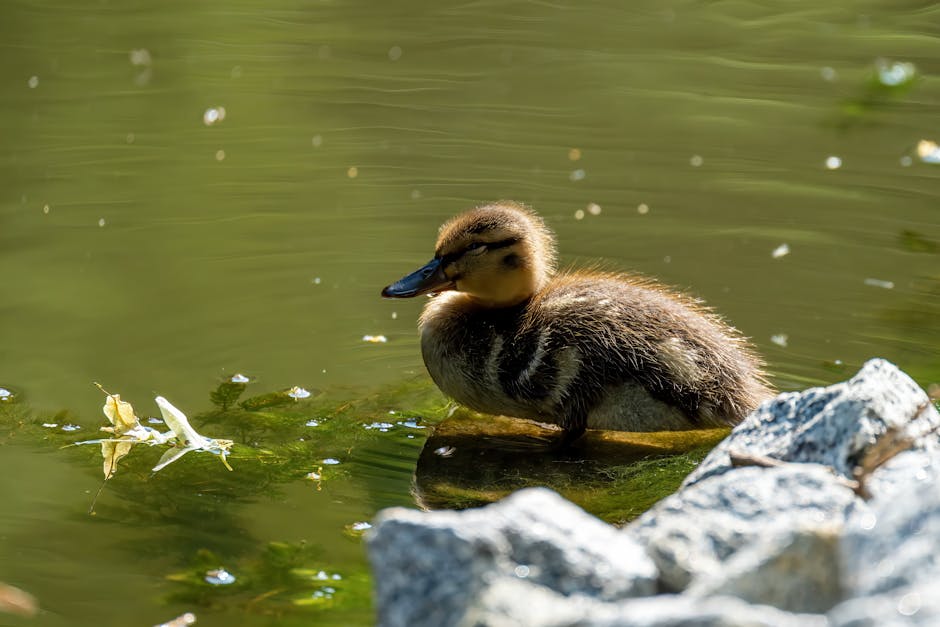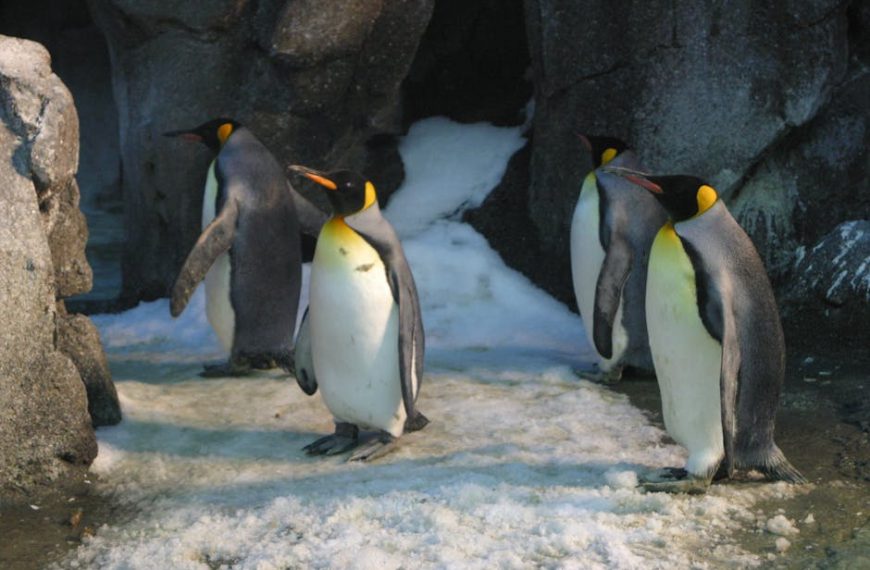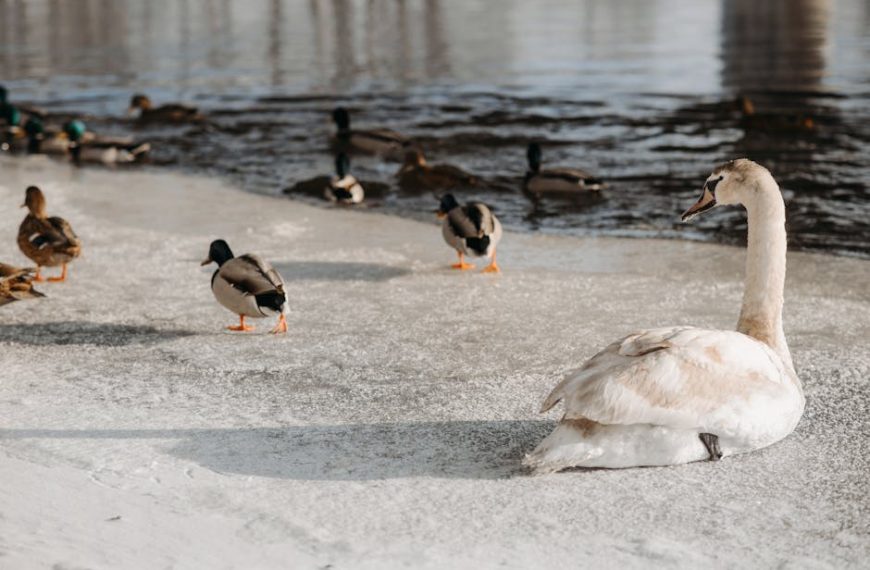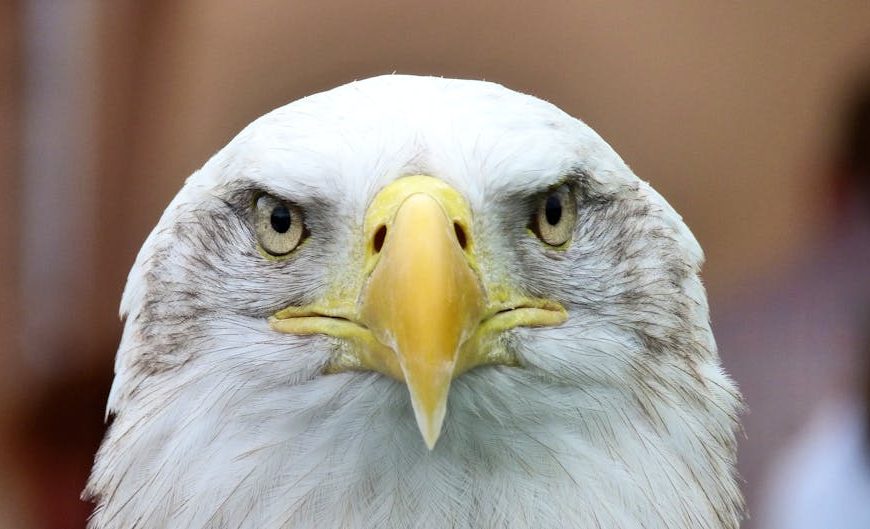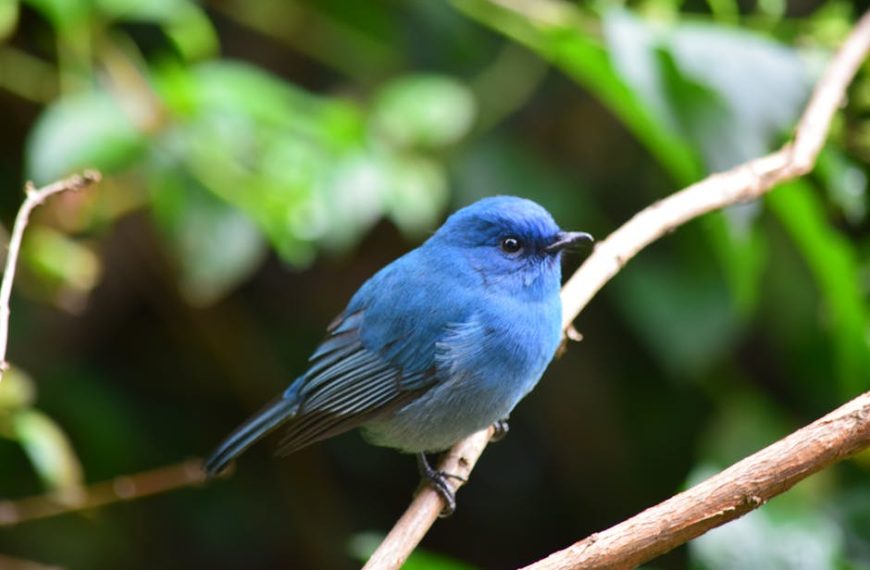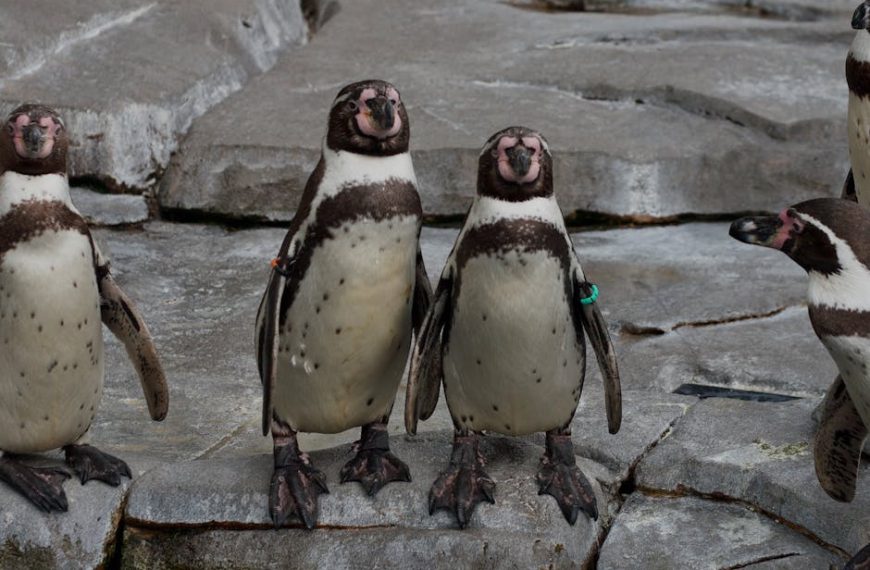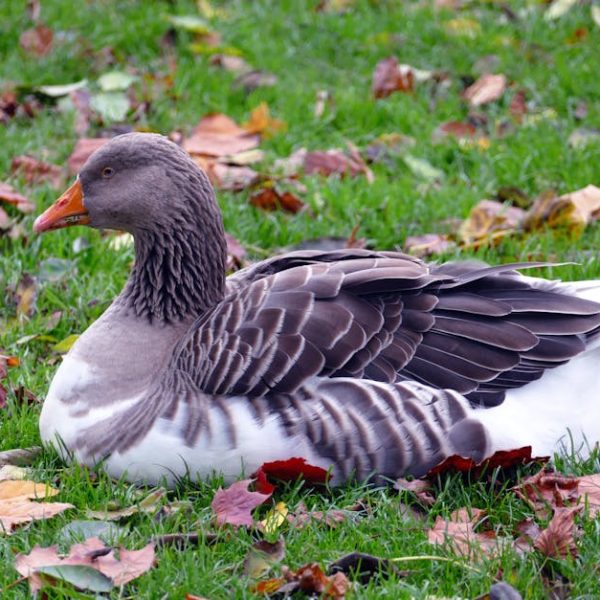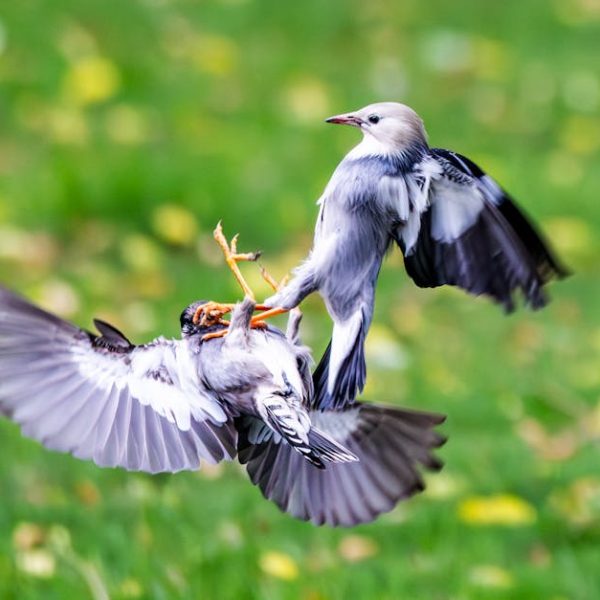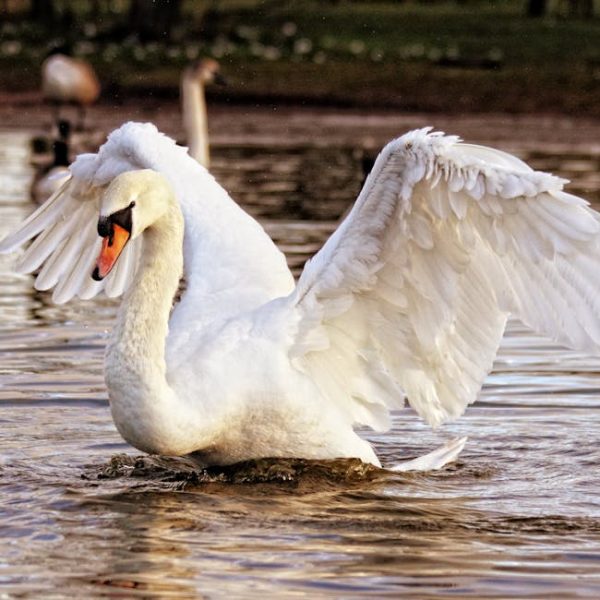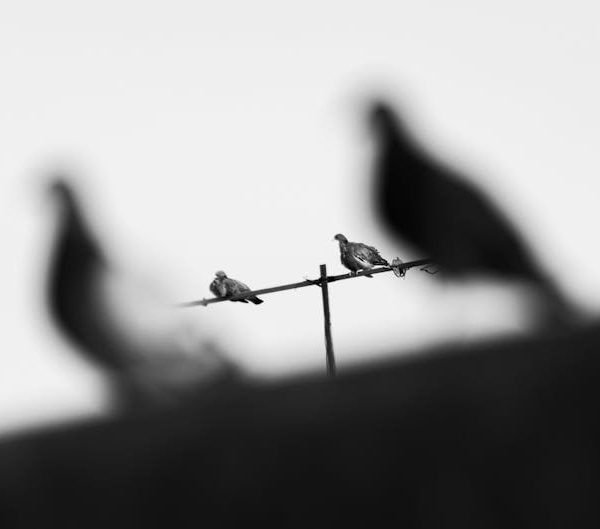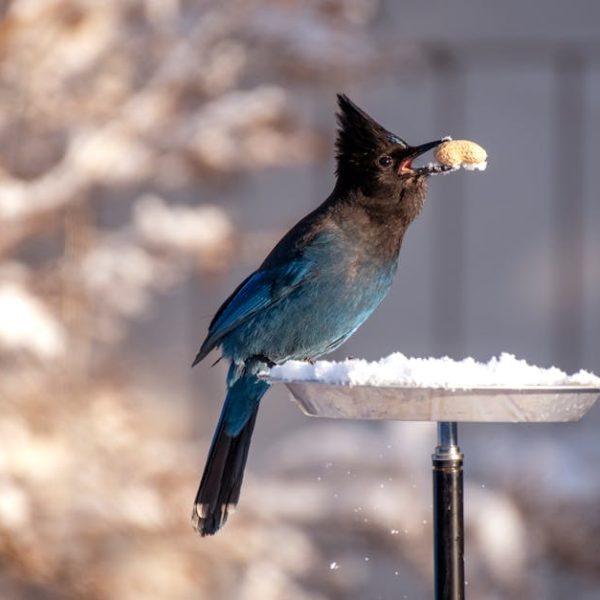Just as humans do, birds also have patterns that define their sleeping behavior. These are even more peculiar in baby birds, where the patterns are heavily influenced by their growth, development, and environmental factors. Understanding these patterns and behaviors can contribute significantly to bird conservation efforts, veterinary care, or just to satisfy a bird lover’s curiosity. This article delves into the intricate world of bird sleep patterns, the influence of environmental factors, the difference between day and night sleepers, and how to spot and cope with sleep disorders in baby birds.
Understanding the Sleep Cycle of Baby Birds
In the bird world, sleep is a complex and diverse affair. Birds, like humans, go through different stages of development that significantly affect their sleep-wake cycle. For baby birds, sleep is critical for their growth and development. It’s not uncommon to observe the occasional bobbing head or closed eye during the day – indicative of a small nap.
What stands out, however, are the unique sleeping characteristics baby birds possess. They engage in short but frequent sleeping bouts, retreating into sleep multiple times during a 24-hour cycle. More fascinating is their daunting ability to sleep with one eye open. This allows them to stay aware of potential dangers while recuperating lost energy.
Checklist: Common signs to determine if a baby bird is asleep or awake:
- A baby bird is asleep if it’s calm, quiet, and its eyes are closed.
- A sleeping bird will have its head tucked in, leaning against its body or under a wing.
- Awake birds are usually alert, active, and responsive.
Pro Tips:
Observing a bird’s sleeping pattern requires tact and patience. Avoid direct light or noise that would disturb them. Utilize long-distance observation tools like binoculars or a digital camera with good zooming capabilities.
The Role of Environmental Factors in Baby Birds Sleep Cycle
Understanding a bird’s sleep involves appreciating the influence of its environment. Key environmental factors such as light exposure, noise, temperature, and potential threats significantly affect how baby birds sleep. For instance, light exposure directly influences their biological clock, dictating when they retreat to sleep or spring into wakefulness. Noise and potential threats also play a huge role, often leading to partial sleep where one eye remains open to stay alert. Heat, on the other hand, can cause discomfort, leading to fragmented sleep.
Comparison:
| Environment | Sleep Pattern |
|---|---|
| Urban | Birds may experience fragmented sleep due to human-induced noise and light pollution. |
| Rural | Rurally situated birds usually have more regular sleep patterns due to natural light cycles and quieter nights. |
| Wilderness | Birds in the wild may also have disrupted sleep due to potential threats, though their patterns are influenced greatly by natural light cycles. |
Best Practices:
Creating a conducive sleep environment for pet birds involves mimicking their natural habitat as much as possible. Maintain a consistent light-dark cycle, limit noise, maintain optimal temperatures, and ensure a sense of security to enhance their sleep quality.
Night Sleeping vs. Day Sleeping: Nocturnal and Diurnal Differences
The bird kingdom hosts both diurnal (daytime-active) and nocturnal (nighttime-active) species. These characteristics directly affect bird sleep schedules.
Diurnal birds, much like humans, wake up with the break of dawn, remaining active throughout daylight hours, and settle to sleep when darkness falls. This typical day-night rhythm is a part of their innate biological clock.
Nocturnal birds, however, sleep during the day and wake up during the night. This peculiar rotation comes with its advantages. The relative quietness, absence of predators, and reduced competition for resources make the night a suitable time for these bird species to be active. It also ensures survival by reducing interaction with diurnal predators.
Versus: Day Sleepers vs. Night Sleepers
| Day Sleepers (Diurnal) | Night Sleepers (Nocturnal) | |
|---|---|---|
| Activity Period | Active during daylight hours | Active at night |
| Sleep Time | Generally, sleep during night hours | Rest or sleep during daylight hours |
| Examples | Eagles, sparrows, parrots | Owls, kiwis, nightjars |
Pros and Cons: Diurnal vs Nocturnal Baby Birds
For diurnal baby birds, they have ample access to warmth and light, aiding their growth and development. Potential cons might include high competition for resources during the day, and exposure to diurnal predators.
Nocturnal baby birds, on the other hand, have a tactful advantage in reduced competition for resources, and if the predators are majorly diurnal, they have the luxury of fewer predators at night. However, these little creatures face challenges like limited lighting and cooler temperatures.
Ideal Sleep Conditions for Baby Birds
Providing optimal sleep conditions is crucial for the healthy growth and development of baby birds. A quiet, dark environment, proper temperature, and safe nesting area all contribute to these conditions.
List: Required Conditions for Baby Bird Sleep:
- Darkness: Birds require darkness to trigger their sleep hormones.
- Quietness: Excessive noise can cause sleep interruptions.
- Temperature: Cool temperatures tend to interrupt sleep as birds have to adjust their body temperature.
- Security: Birds feel more relaxed and safe in enclosed spaces like birdhouses or nests.
Best Practices:
For baby birds, especially in a domestic setting, the following are recommended:
- Keep the cage or birdhouse in a quiet, dark place during their sleep time.
- Maintain an optimum temperature in the bird’s environment.
- Ensure the bird’s enclosure is secure and comfortable.
Coping with Disturbed Sleep or Sleep Disorders in Baby Birds
Just like any living creature, disturbances in sleep can significantly affect a baby bird’s health and development. It’s important to identify any signs of sleep disorders promptly and address them efficiently.
Checklist: Identifying Sleep Disorders in Birds
- Constant Sleepiness: If your baby bird is constantly sleeping or seems overly lethargic.
- Restlessness: If the bird seems restless during its usual sleep time.
- Physical Changes: Loss of feathers, changes in poop, or weight loss.
- Changes in Behavior: Irritability, reduced appetite, or extreme fear reactions could also be signs of sleep disorders.
Pro Tips:
Treating sleep disorders in baby birds involves identifying the root cause. It could be as simple as changing the bird’s environment or adjusting its schedules. Professional advice from a vet is necessary when symptoms persist. Always monitor unusual behaviors and consult a vet if necessary. Creating a conducive environment includes limiting disturbance in their area during their usual sleep time and ensuring a consistent sleep-wake cycle.+
Key Takeaway:
- Baby birds undergo different stages of development affecting their sleep-wake cycle and unique sleep characteristics, such as short, frequent sleeping bouts and the ability to sleep with one eye open.
- The sleep of young avians is significantly influenced by environmental factors such as light exposure, noise, temperature, and potential threats.
- There are strong differences in sleep patterns and schedules between diurnal and nocturnal bird species, significantly impacting their survival and behavior.
- Providing optimal sleep conditions, such as a quiet and dark environment, a proper temperature, and a safe nesting area, is crucial for the healthy development of baby birds.
- Sleep disorders in baby birds can significantly affect their health and normal development, demanding efficient identification and treatment.
Understanding and ensuring the good quality sleep of our avian friends, whether in the wild, our yards or homes, can positively influence their growth, development, and wellbeing. Remember, happy and healthy birds contribute to a more balanced ecosystem. Let’s use this understanding to help ensure their survival and prosperity.
FAQs
Q: Is it normal for baby birds to sleep during the day?
A: Yes, it’s common especially in young baby birds since they have a different sleep pattern. They indulge in short, frequent sleep bouts throughout the day and night. Their sleep cycle is influenced by their growth, development, and environmental factors.
Q: Why do some birds sleep with one eye open?
A: This unique ability allows birds to stay alert to potential dangers even while they rest. It’s a survival mechanism that helps them detect any approaching threat and respond quickly.
Q: How can I create a conducive sleep environment for my pet bird?
A: You can create a conducive sleep environment by mimicking their natural habitat as much as possible. Maintain a consistent light-dark cycle, limit noise, maintain optimal temperatures, and ensure a safe and enclosed space for them to rest.
Q: How do I know if my baby bird has a sleep disorder?
A: Signs of sleep disorders in baby birds can include constant sleepiness or lethargy, restlessness during usual sleep time, physical changes like loss of feathers or weight loss, and changes in behavior such as irritability or reduced appetite.
Q: What should I do if I suspect my bird has a sleep disorder?
A: If you suspect your bird is experiencing a sleep disorder, it’s important to seek advice from a vet. They can diagnose the condition and suggest appropriate treatments or adjustments in the bird’s environment or schedules.
We hope this article contributes to your understanding of baby birds’ sleep patterns and behaviors. Share this information to help others understand these fascinating creatures. For more bird-related content, feel free to explore our other articles.
